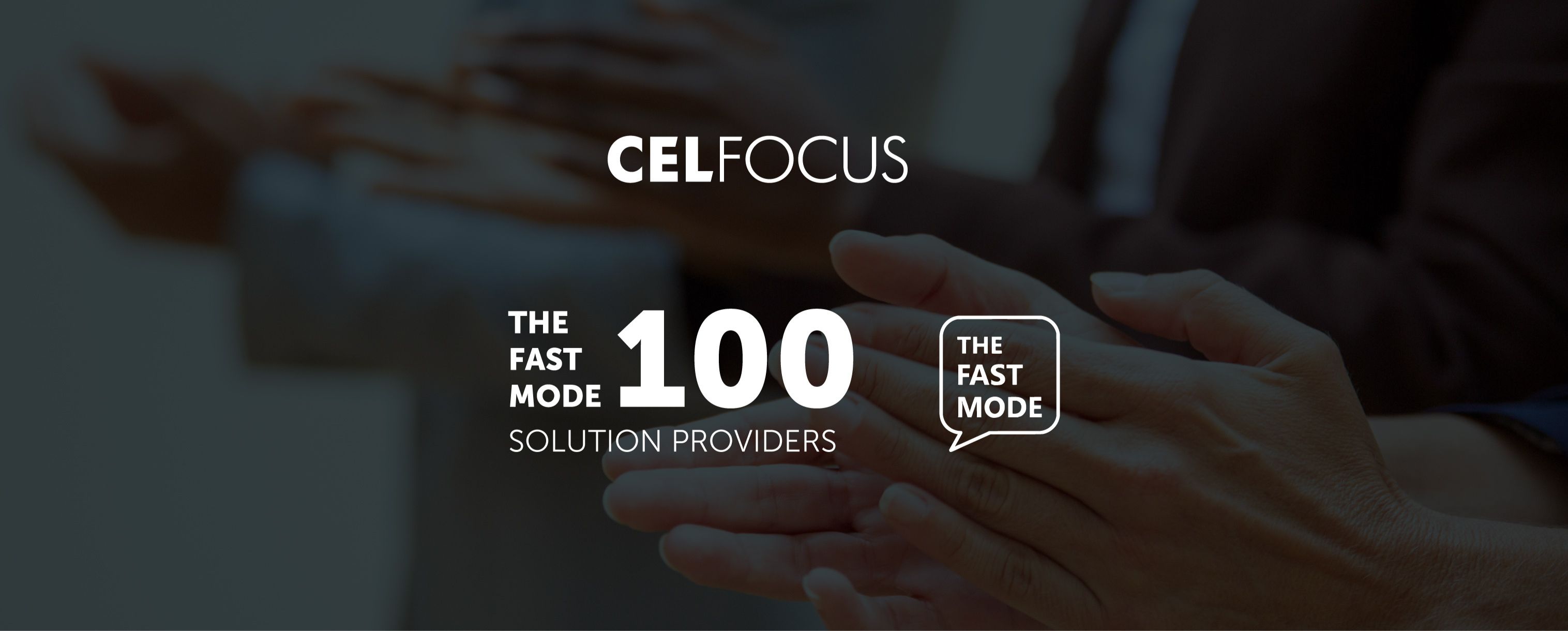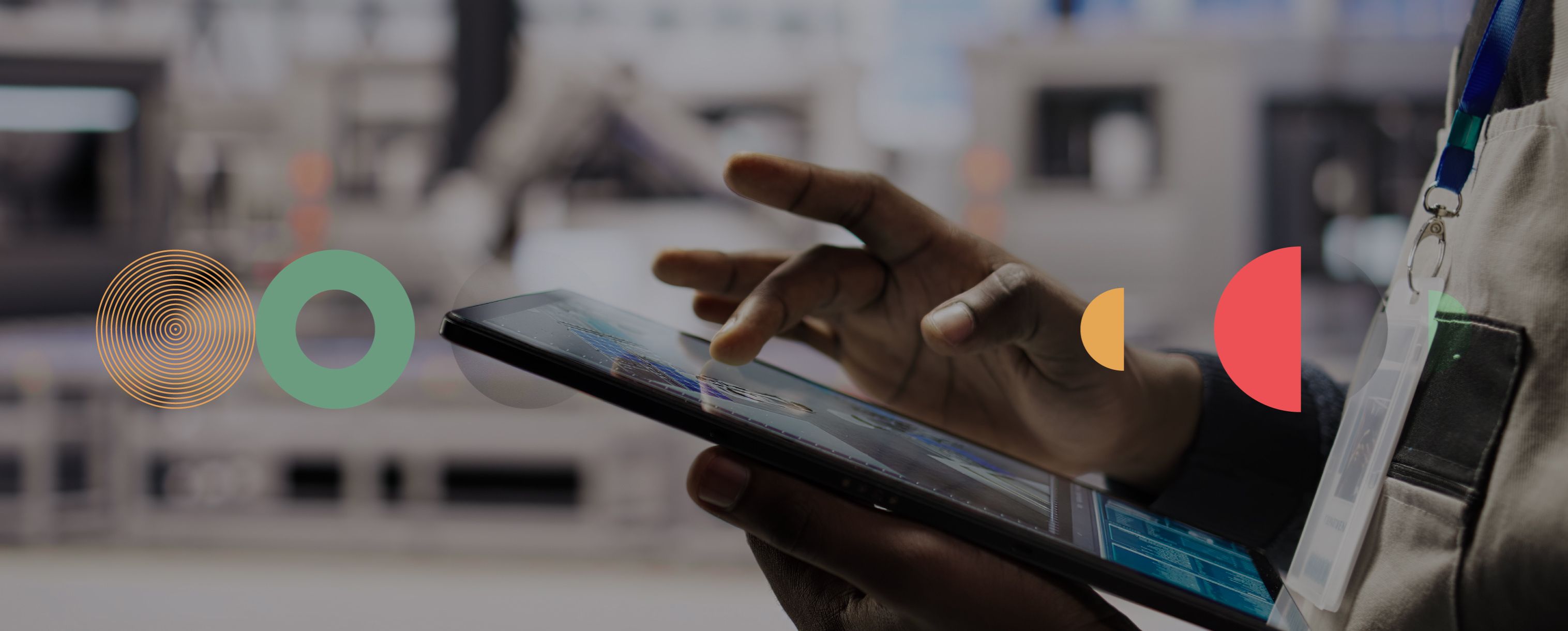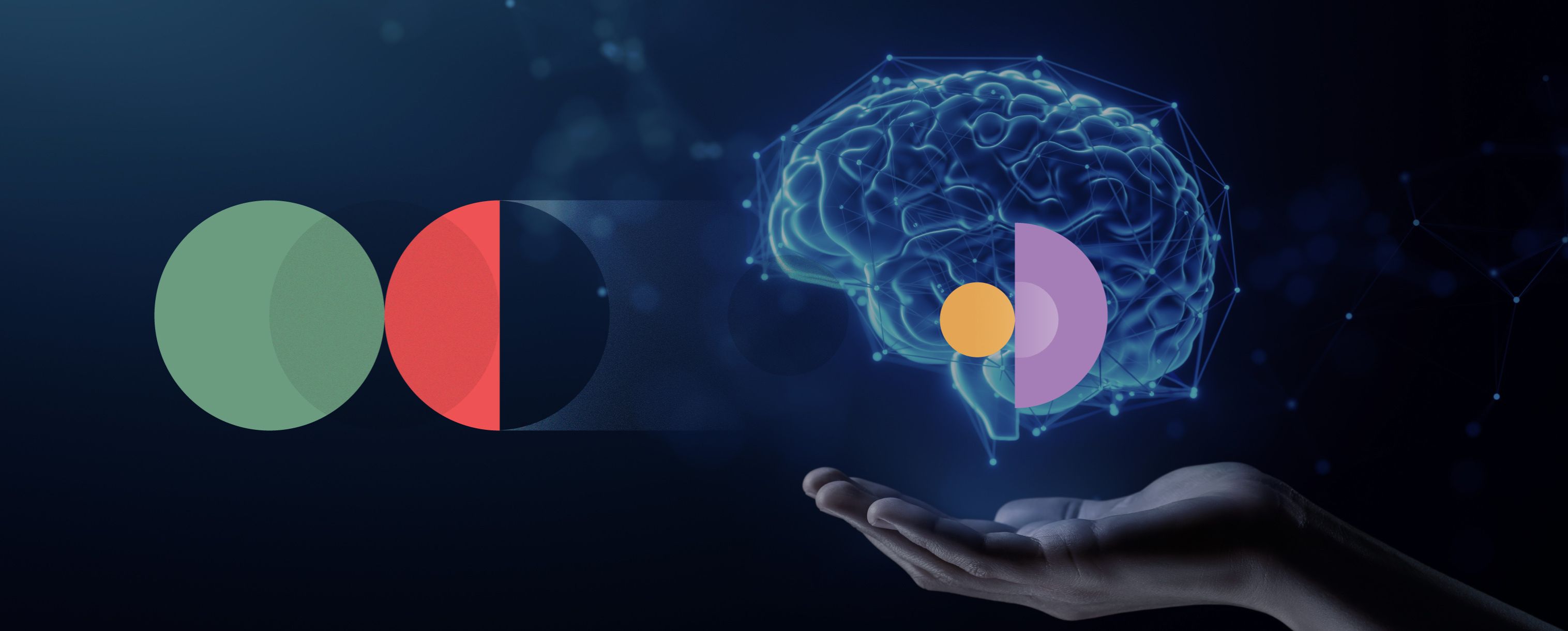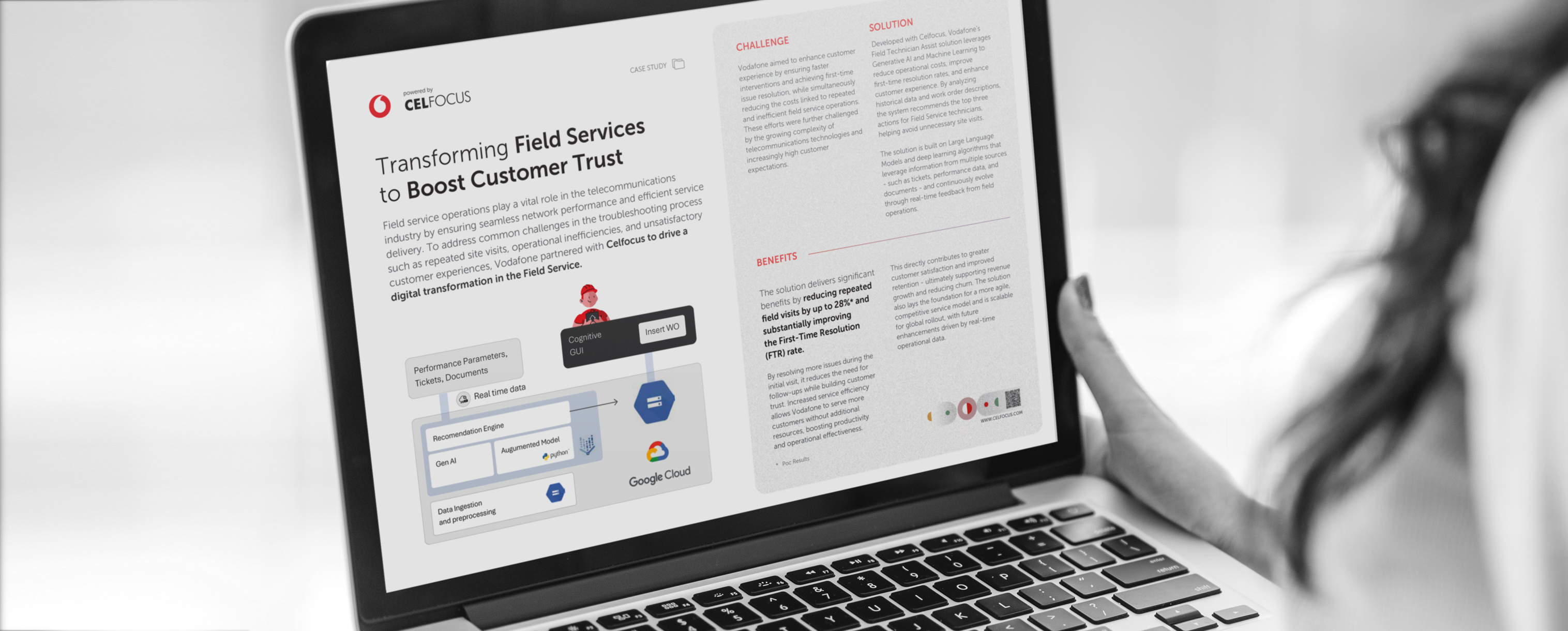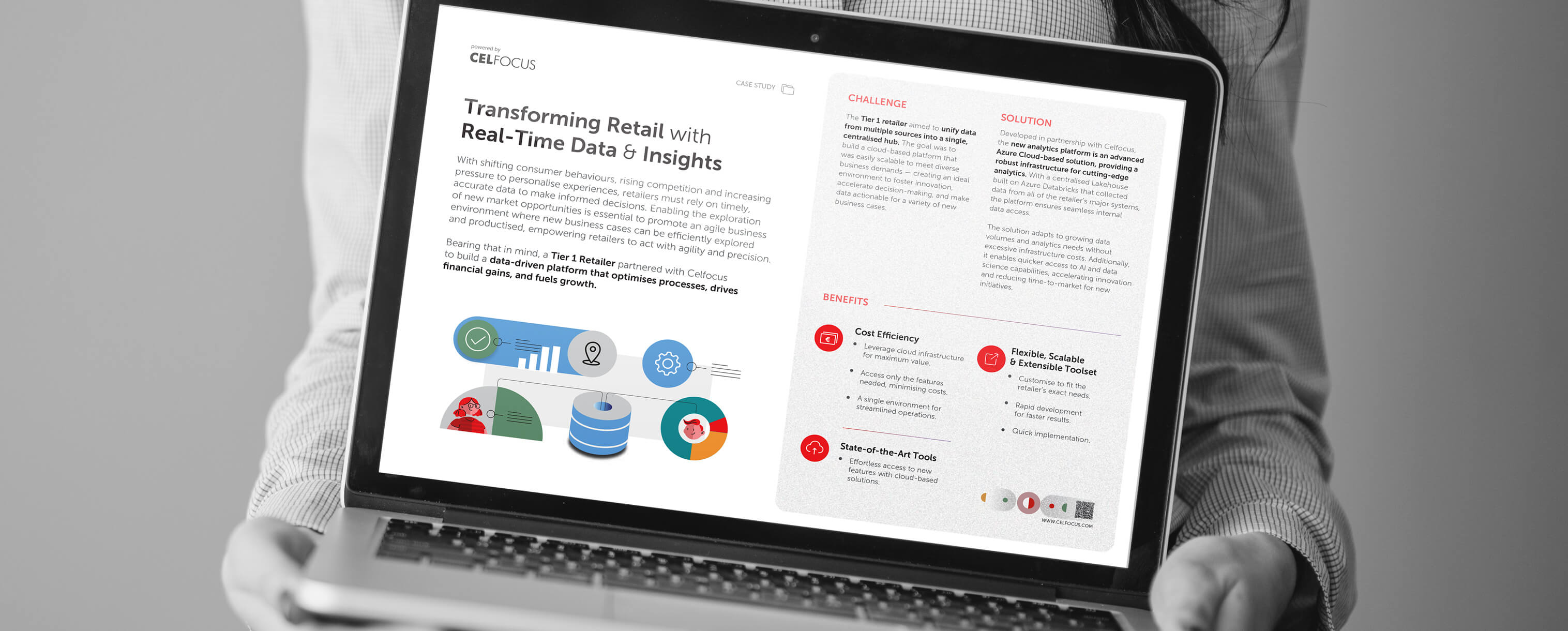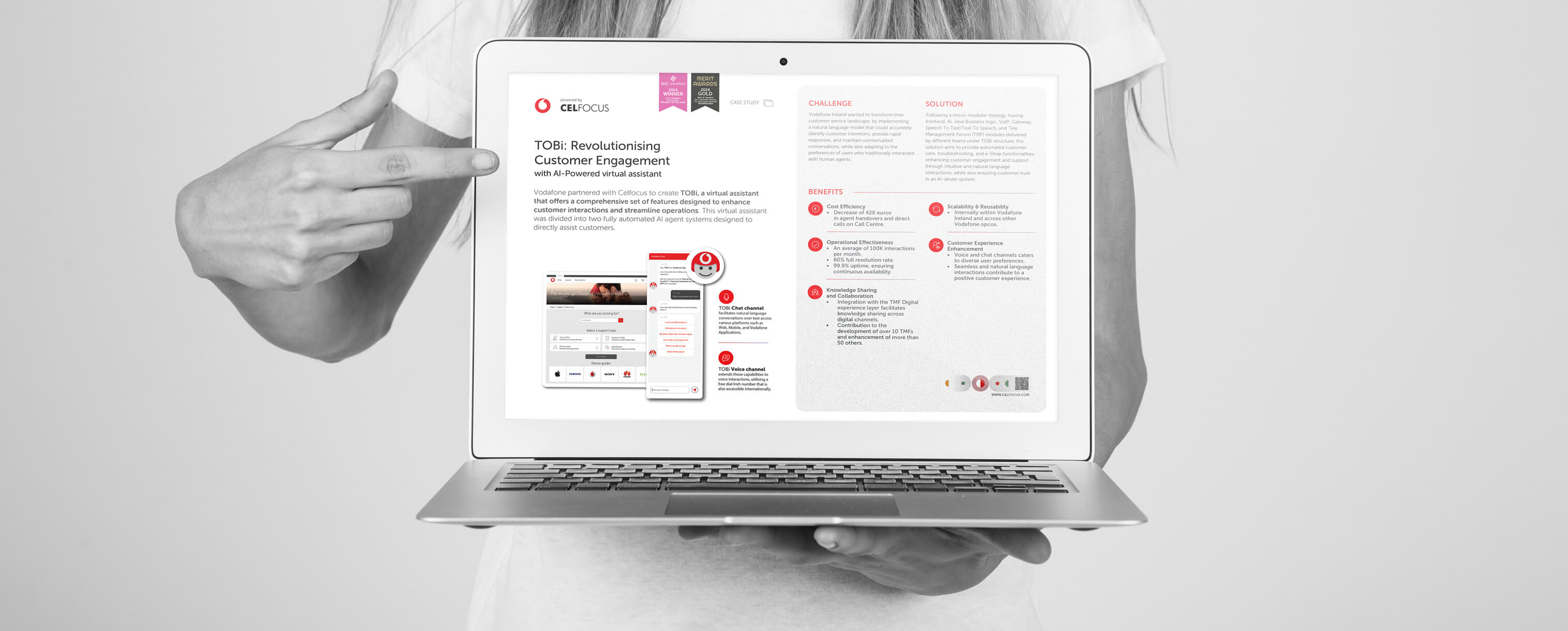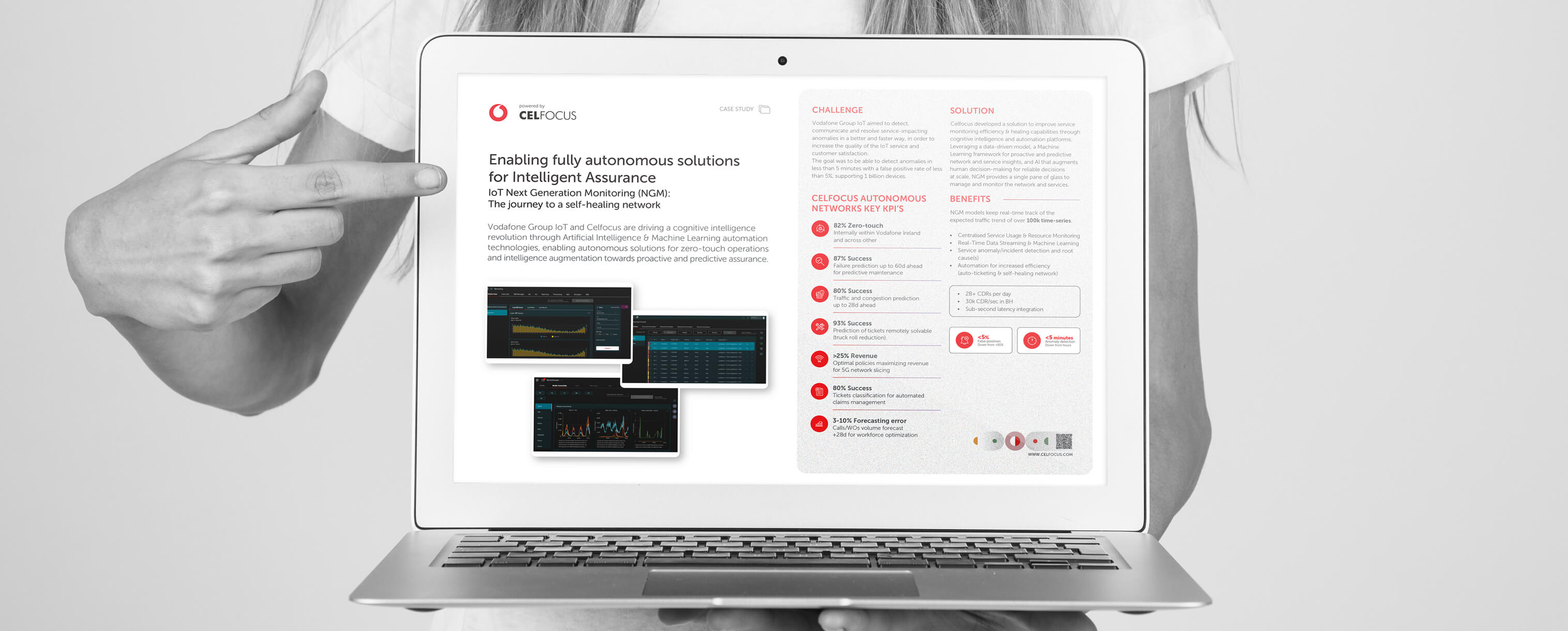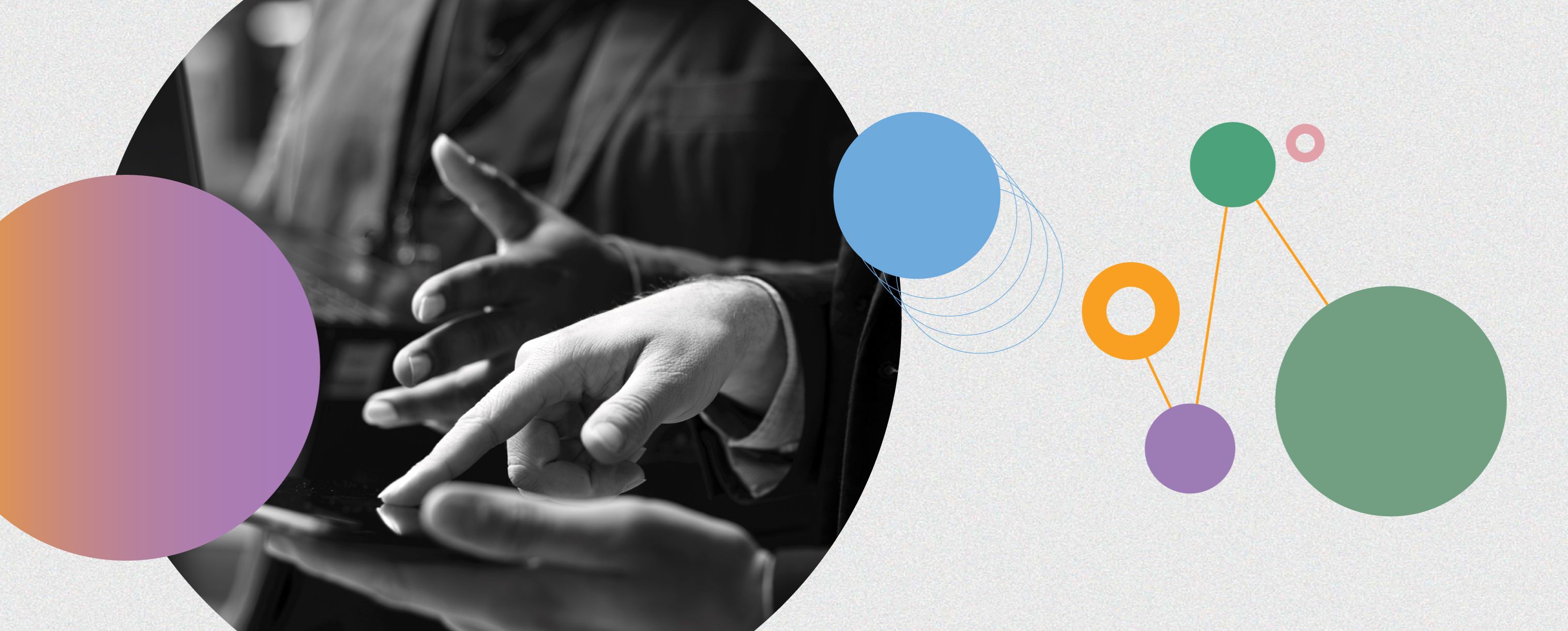|---Module:text|Size:Small---|
We live in an era of continuity driven by digital technologies. A frenetic, non-stop and non-linear way of consuming TV shows or news, for example. We no longer wait until a specific time or place to know what’s going on in the world – we have social media, search engines and an infinite number of apps that provide us with real-time updates wherever we are. Being always connected, consumers expect everything to be available, functional, and quickly adaptable to new requirements – otherwise they lose interest.
The same happens in the IT domain: reducing time-to-market by accelerating the transition from product or solution ideation to availability is imperative to thrive and capture the major slice of the market pie. These conditions foster a more flexible and less risky (with regards to meeting customers’ expectations), though demanding, Agile & DevOps approach to software development, promoting shorter release cycles. In the opposite direction, following a straightforward sequence on a development process fits less and less the nowadays market’s ever-changing dynamics.
DevOps introduces the word “continuous” and applies it to everything in a software development process – integration, delivery, testing, quality, deployment, governance, reporting –, focusing on delivering value to the customer, adapting faster and continuously to change. To remain competitive, teams today are pushed to optimise their testing and development processes to get more done in less time. Business agility, transparency, waste reduction and continuous everything are the main drivers of this new ecosystem.
|---Module:text|Size:Small---|
The benefits of continuity
An IT product lifecycle involves a myriad of stakeholders with different expectations: developers look for speed and the highest quality at the same time; operations managers are driven by efficiency and stability; product owners are focused on delivering the maximum amount of value in the shortest time; and business leaders want to respond to market conditions in a fast and agile manner.
A continuous everything mindset supports organisations to achieve this business-critical competitive edge through a shorter feedback loop and end-to-end automation. It reinvents the chain of development, including tools integration, engineering practices and people’s mindset. Moreover, it removes all barriers that throttle down the value streams and gradually eliminates non-value-added elements. By creating an efficient and agile organisation with a frictionless flow of information, this mindset can drive productivity improvements and build the ability to fulfil quality at the speed of business for both internal teams and customers.
Walking the talk
To get into this concept of continuity in practical terms, we will go through perhaps the three main stages in a software development lifecycle that are intended to be continuous when adopting Agile & DevOps delivery methodologies:
- Continuous Integration: refers to the process of automating the building and the testing of code each time a change is made, aiming to integrate the whole system or solution as often and as early as possible. In order others, it ensures that the system is always ready to be released in production. Therefore, developers are encouraged to share code and unit tests, promoting collaboration, hence improving regression testing;
- Continuous Delivery: is related to the process of building, testing and releasing, aiming to have the full software delivery lifecycle automated up until the last environment before production so that the automatic deployment to production is ready;
- Continuous Testing: refers to running tests during the entire development lifecycle of a system, not waiting until the final stages, making testing part of the delivery pipeline to have a real-time status and feedback on software quality.
Understanding that quality is key for long-lasting business relations, Celfocus has a dedicated and skilled Quality Assurance team experienced in supporting projects of different types and sizes, and in engaging with many different customers, cultures and quality approaches that require adapting a diverse and rich set of tools and practices.
Additionally, the company owns a proprietary Automated Testing Framework, with a well-recognised track record of successful test automation projects. Learn more about this here.
If you’re interested in reading about a success story with Vodafone Portugal of release testing optimisation through automation, please go here.





